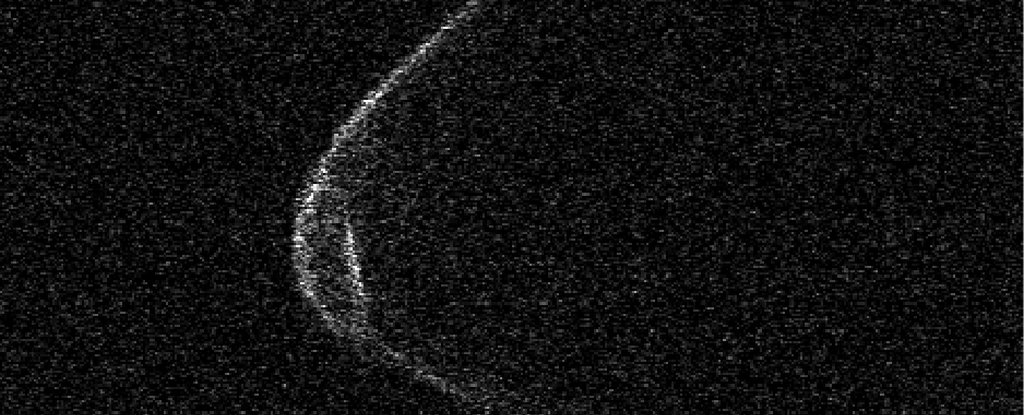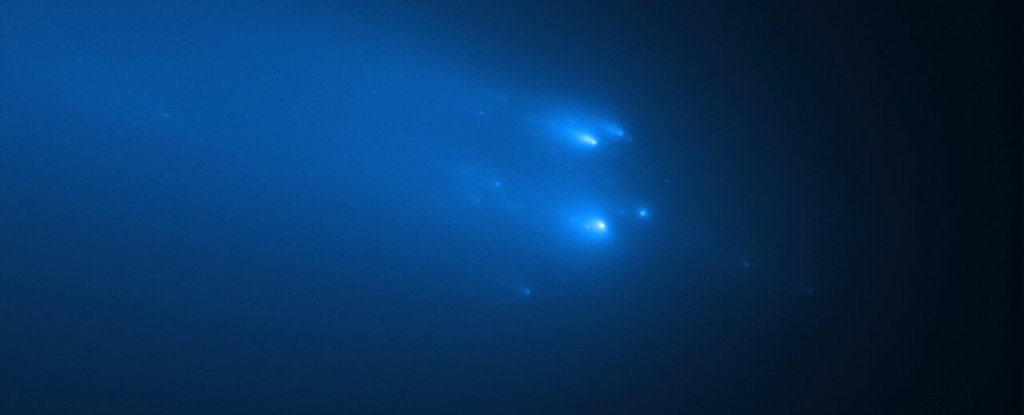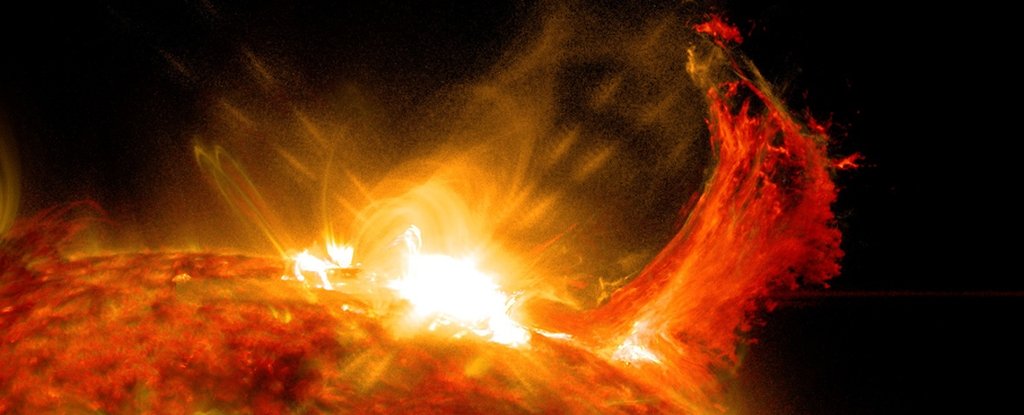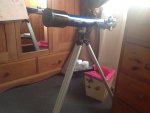biometrics
Well-Known Member
- Joined
- Oct 17, 2019
- Messages
- 20,351
NASA makes May 27 its US independence day from Russian rockets - America's back in the astronaut business after nearly nine years
Thanks to a South African immigrant

NASA has set a launch date for the first mission by US astronauts to the International Space Station, using a locally-made rocket taking off from an American launch site, since July 8, 2011.
"NASA astronauts Robert Behnken and Douglas Hurley will fly on SpaceX’s Crew Dragon spacecraft, lifting off on a Falcon 9 rocket at 4:32 p.m. EDT [2032 GMT] on May 27, from Launch Complex 39A in Florida, for an extended stay at the space station for the Demo-2 mission," NASA said in a blog post.
 www.theregister.co.uk
www.theregister.co.uk
Thanks to a South African immigrant

NASA has set a launch date for the first mission by US astronauts to the International Space Station, using a locally-made rocket taking off from an American launch site, since July 8, 2011.
"NASA astronauts Robert Behnken and Douglas Hurley will fly on SpaceX’s Crew Dragon spacecraft, lifting off on a Falcon 9 rocket at 4:32 p.m. EDT [2032 GMT] on May 27, from Launch Complex 39A in Florida, for an extended stay at the space station for the Demo-2 mission," NASA said in a blog post.
NASA makes May 27 its US independence day from Russian rockets: America's back in the astronaut business after nearly nine years
Thanks to a South African immigrant




